Get Ready! The Universe Has Been Simulated!
In fact, it's always bothered me, too. I wish I could write software and simulate a tiny corner of the universe. But with today's technology, the universe has been simulated from a very short time after the Big Bang until today. Specifically, it's consistent with the properties of our universe.
Simulations so far have always been unsuccessful. They couldn't be done on large scales. Due to insufficient processing power and a failure to fully integrate the laws of physics, simulations were performed at very small scales and with low resolution, but this was far from realistic. Of course, I reported in my article that a simulation of a galaxy had been done. It was a successful study.Galaxy Simulation Could Be Done After Great Efforts). At the same time, old simulations were made by ignoring star formation, supernova explosions and black holes.
- One nebula. These aren't screensavers or anything. They're images inside a simulation.
- Another star.
- The first star to form. Isn't that beautiful? This massive star quickly ran out of fuel and exploded supernova.
- A few hundred million years after the beginning, primordial dwarf galaxies formed.
- A frame from the cosmic dance of two galaxies before they come together.
- One of the images of dark matter.
- Dark matter depth is shown on the left (blue region) and normal matter depth is shown on the right (yellow region).
- In this image, the largest galaxy is taken as the center and dark matter is shown to act like a skeleton to normal matter.
Illustris employees have written a program to reconstruct the evolution of the universe in high resolution. This universe has a resolution of 12 billion 3D pixels, including both normal matter and dark matter. Illustris employees spent five years writing this program. The calculations took a total of three months, running 24/7 on 8,000 processors working in parallel. If attempted on a standard computer, this would take 2,000 years. (I understand that if I'm going to try something on my own computer, it needs to be quite small.)
The simulation begins just 12 million years after the Big Bang. When the simulation's date changes to the present day, astronomers have counted a total of 41,000 galaxies in this universe. Crucially, these galaxies are compatible with our universe, such as spiral or elliptical galaxies. They also observed the formation of structures like galaxy clusters and galaxy networks, demonstrating a realistic compatibility with our universe. At smaller scales, the chemical structures of the galaxies were also observed to be consistent. The simulated universe was said to be 350 million light-years per corner. If you consider our galaxy to be 100,000 light-years across, that's quite large. But let's not forget that the visible universe has a diameter of 90 billion light-years.
In the video below, you'll see structures from the simulation. If you were as stunned as I was, you felt what I felt.
[youtube http://www.youtube.com/watch?v=NjSFR40SY58]


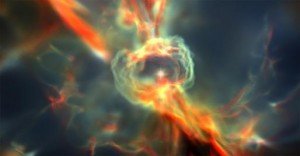
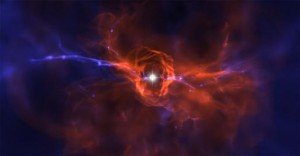
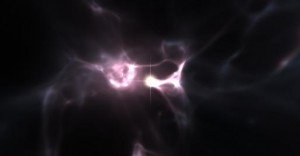
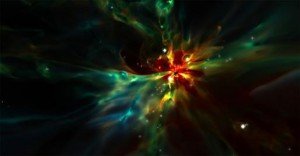
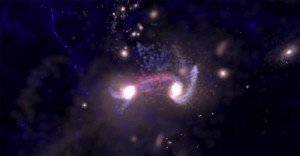
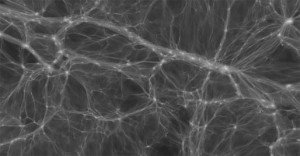
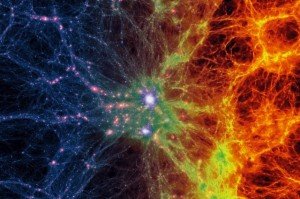
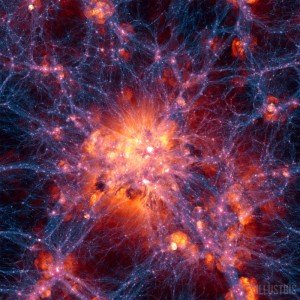
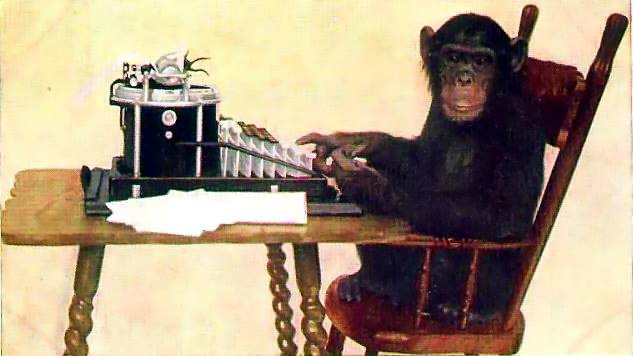
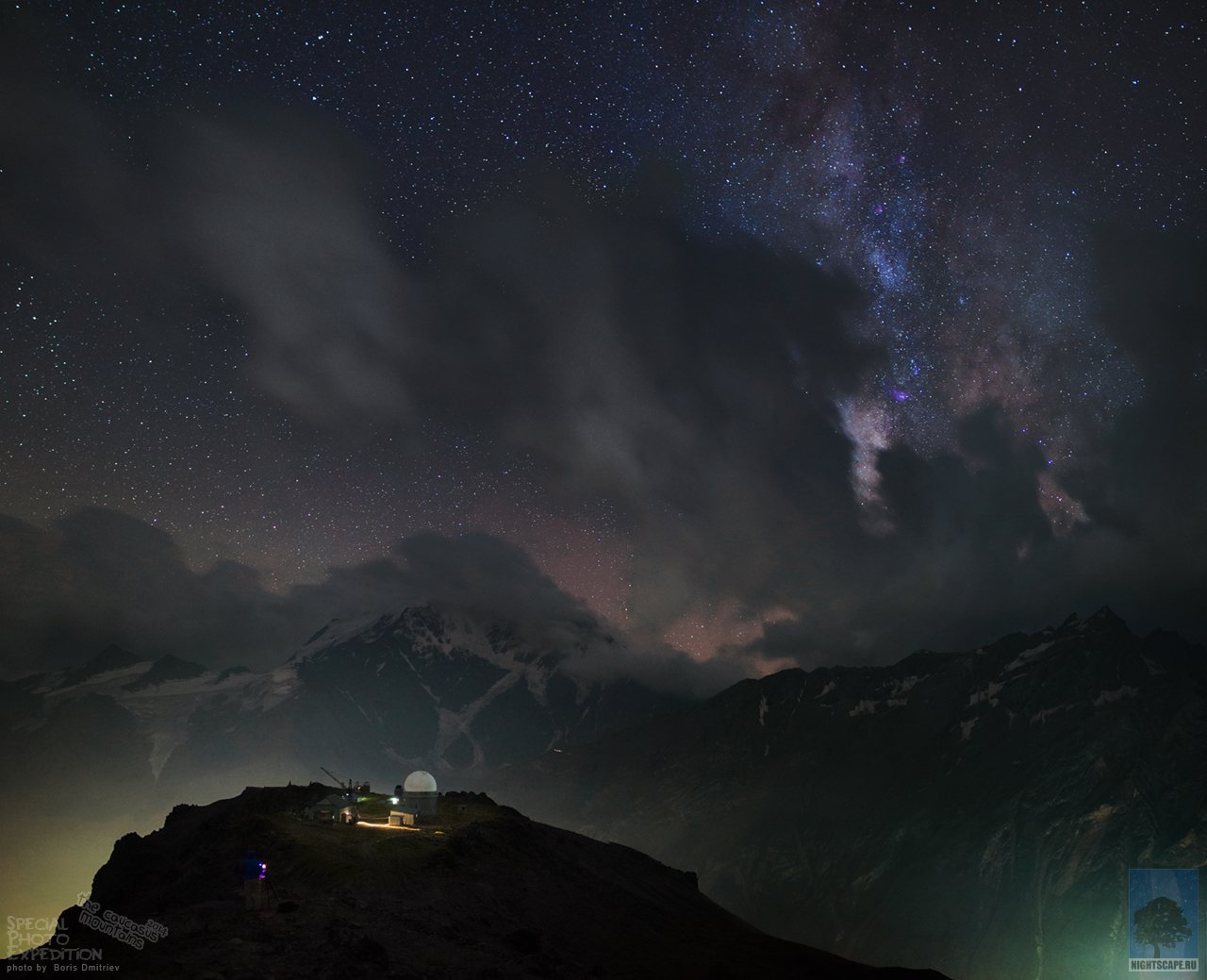

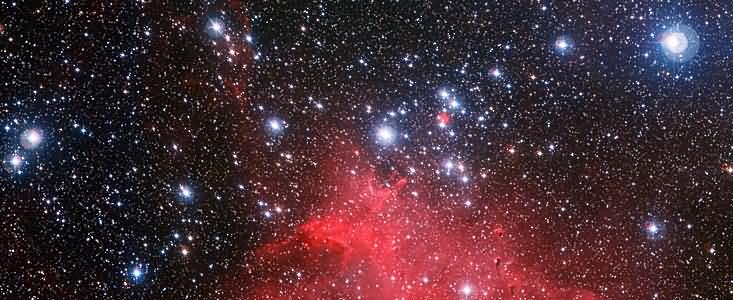
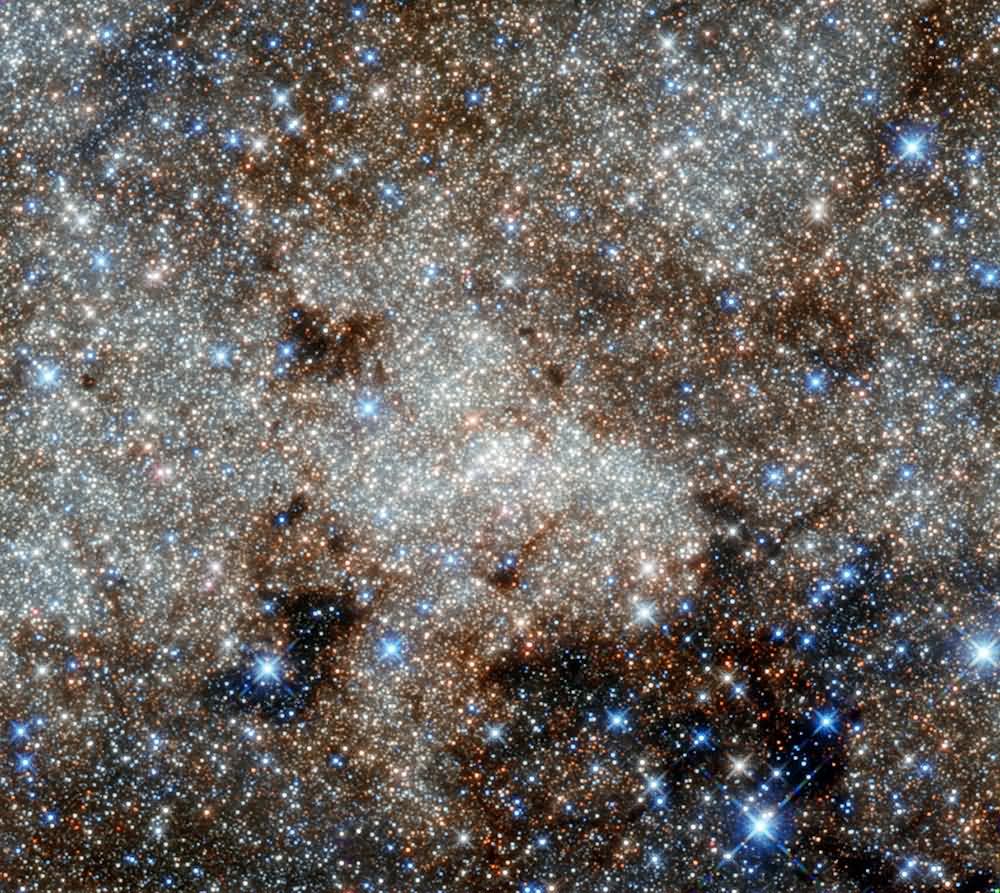
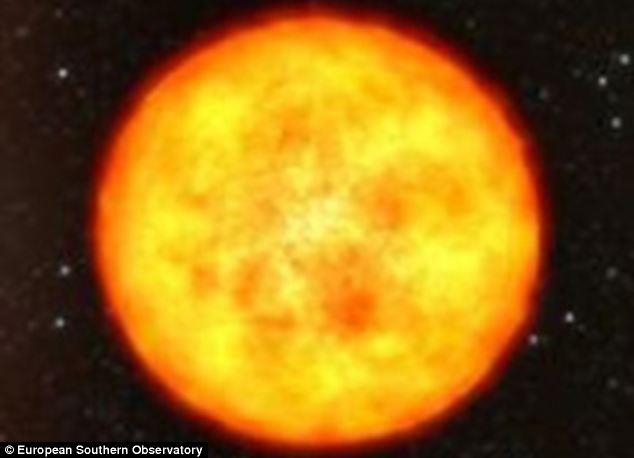


[…] they would have had a very difficult time with the cost. As you can see in my article here (Get Ready! The Universe Has Been Simulated!), even on a supercomputer with 8,000 processors, it would take months to simulate the universe […]